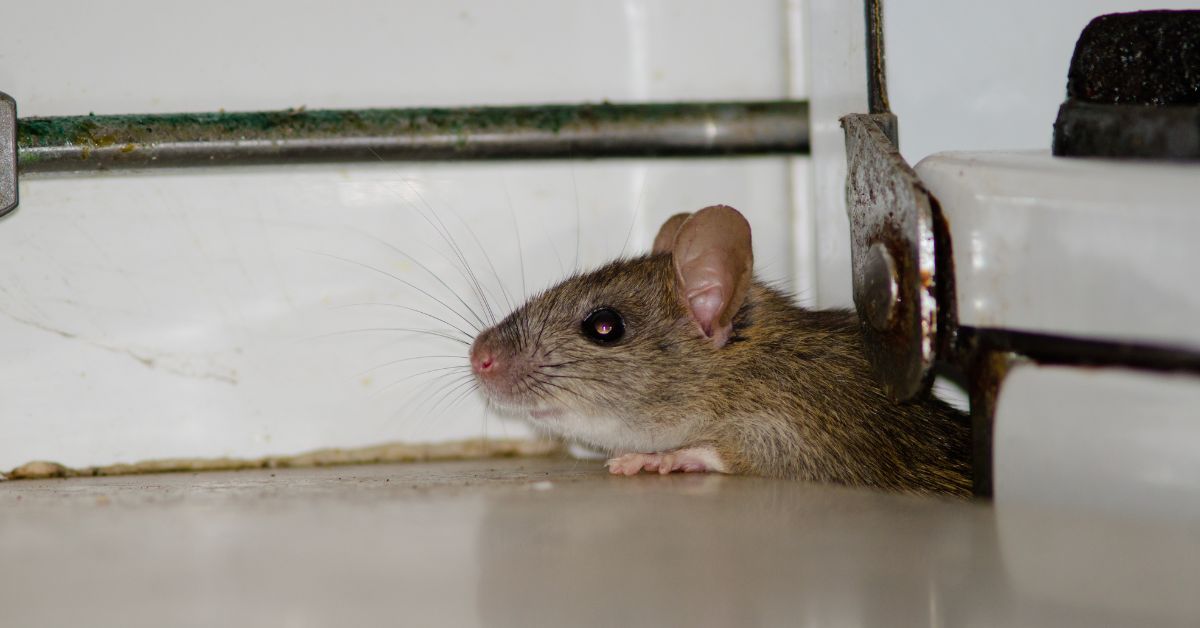Attic Rodent Proofing Steps: A Complete Guide for Homeowners
Share
Dealing with rodents in your attic can be a daunting and frustrating experience. These unwanted guests not only cause damage to your home but also pose serious health risks. Fortunately, with the right attic rodent proofing steps, you can protect your home and keep these pesky critters at bay. This article will guide you through a comprehensive process to ensure your attic remains rodent-free.

Understanding the Importance of Rodent Proofing
Before diving into the attic rodent proofing steps, it's crucial to understand why rodent proofing is essential. Rodents, such as mice and rats, can cause significant damage to insulation, electrical wiring, and stored items in your attic. Additionally, they are carriers of diseases, which can be transmitted to humans. Implementing effective rodent proofing measures not only protects your property but also safeguards your health.
Identifying Signs of Rodent Infestation
Knowing the signs of a rodent infestation is the first step in addressing the issue. Common indicators include:
- Droppings: Rodent droppings are small, dark, and pellet-shaped.
- Gnaw Marks: Look for gnaw marks on wood, wires, and other materials.
- Nests: Rodents often build nests using insulation, paper, and other materials.
- Noises: Scratching or squeaking sounds in the attic, especially at night.
If you notice any of these signs, it's time to take action with attic rodent proofing steps.
Sealing Entry Points
The first and most crucial step in rodent proofing your attic is sealing entry points. Rodents can squeeze through surprisingly small openings, so it's essential to thoroughly inspect your attic and home exterior for any gaps or holes. Focus on areas such as:
- Vents: Install vent covers to prevent rodent entry.
- Pipes and Wires: Seal gaps around pipes and wires with steel wool and caulk.
- Roof and Eaves: Repair any damaged shingles and seal gaps in eaves.
For further guidance on rodent exclusion techniques, visit TrapX's informative blog.
Removing Attractants
Rodents are attracted to food and shelter, so it's essential to eliminate anything that might draw them to your attic. Consider these steps:
- Store Food Properly: Keep food in airtight containers and clean up crumbs and spills promptly.
- Declutter: Remove unnecessary items from your attic to reduce hiding spots.
- Regular Cleaning: Regularly clean your attic to remove dust, dirt, and potential nesting materials.
For more tips on proper garbage management, check out TrapX's expert advice.
Installing Rodent Deterrents
Once you've sealed entry points and removed attractants, consider installing rodent deterrents to keep your attic rodent-free. Options include:
- Ultrasonic Repellents: These devices emit sounds that deter rodents.
- Natural Repellents: Consider using peppermint oil or mothballs, which rodents dislike.
- Traps: Place traps strategically in areas where rodent activity is suspected.
For natural rodent deterrents, read this comprehensive guide from TrapX.
Seeking Professional Help
If you've tried the above attic rodent proofing steps and still face issues, it may be time to seek professional help. Pest control experts have the tools and experience to handle severe infestations effectively. They can also provide ongoing maintenance to ensure your attic remains rodent-free.
Learn more about professional pest control options at Puro Pest Control.
Maintaining a Rodent-Free Attic
Once you've successfully implemented the attic rodent proofing steps, it's essential to maintain your efforts to prevent future infestations. Regular inspections and maintenance are key. Check for new entry points, clean your attic periodically, and monitor for signs of rodent activity.
For additional maintenance tips, visit TrapX's yard maintenance guide.

FAQ
What are the most common entry points for rodents?
Common entry points include gaps around vents, pipes, and wires, as well as damaged roof shingles and eaves. Sealing these areas is crucial for effective rodent proofing.
How can I deter rodents naturally?
Natural deterrents such as peppermint oil and mothballs can be effective. Additionally, keeping your attic clean and free of clutter can help discourage rodents.
When should I call a professional for rodent control?
If you've tried DIY methods and still experience rodent issues, it's advisable to call a professional pest control service. They have the expertise to handle severe infestations and provide ongoing maintenance.
By following these attic rodent proofing steps, you can protect your home from the damage and health risks associated with rodent infestations. Remember, prevention is key, and regular maintenance is essential for long-term results.
